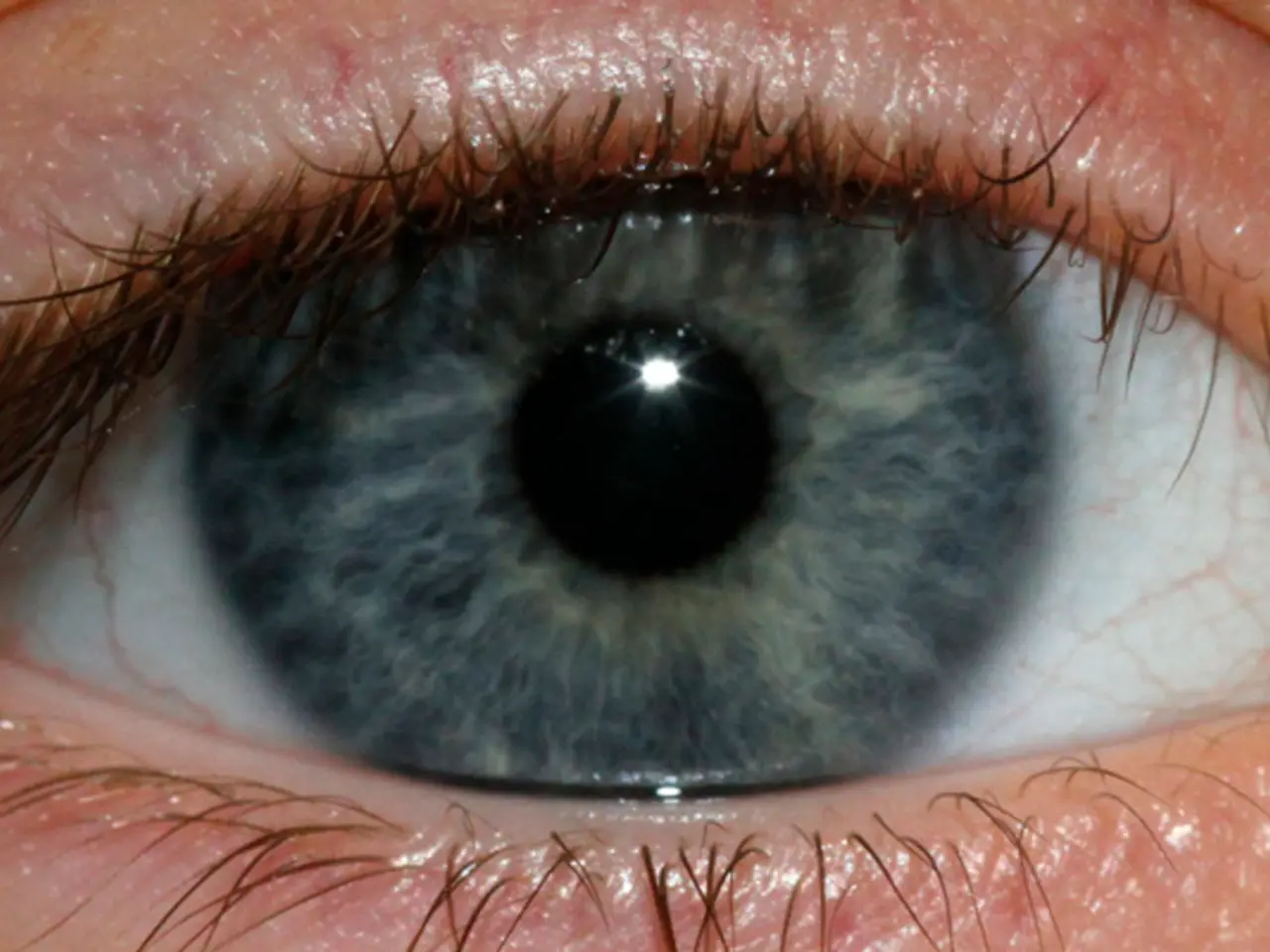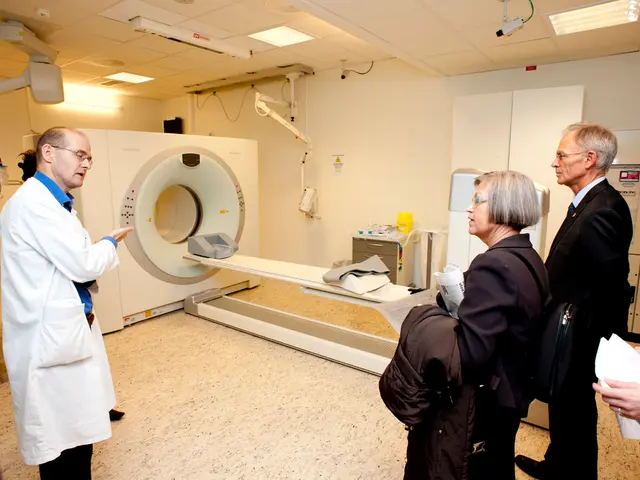Cataracts Explained: A Look at This Ocular Disease
Cataracts, a common eye condition that affects millions worldwide, are a significant cause of visual impairment. This article aims to provide a comprehensive guide on the symptoms, prevention, and treatment options for cataracts.
**Symptoms**
Cataracts cause clouding of the eye’s natural lens, leading to blurry or dimmed vision. Common symptoms include difficulty seeing at night, sensitivity to light and glare, seeing halos around lights, fading or yellowing of colors, and frequent changes in eyeglass prescription.
**Prevention**
While aging is the leading risk factor, lifestyle choices can lower the risk or delay onset. Key preventive measures include wearing UV-protective sunglasses to shield eyes from sun damage, eating a balanced diet rich in antioxidants, vitamin C, lutein, fruits, and vegetables, quitting smoking, limiting alcohol consumption, protecting eyes during hazardous activities, and having regular comprehensive eye exams for early detection and management.
**Treatment Options**
There are no medications or natural supplements proven to cure or reverse cataracts. Surgery is the only effective treatment: the cloudy natural lens is surgically removed and replaced with an artificial intraocular lens (IOL) implant. Modern cataract surgery is typically outpatient, painless, using small incisions with no stitches or patches, and local or topical anesthesia. Advanced options include laser-assisted cataract surgery for increased precision and faster healing. Innovative lens implants such as the light-adjustable lens (LAL+) allow fine-tuning of vision after surgery to optimize focus and reduce dependence on glasses.
In summary, managing cataracts effectively involves maintaining eye health through protective and healthy lifestyle habits, recognizing symptoms early via regular eye checks, and when needed, opting for advanced surgical interventions that offer customizable vision correction for the best outcomes.
The benefits of cataract surgery include improved vision, quick recovery, and a high success rate. The eye functions like a camera, with the lens focusing light onto the retina at the back of the eye. When cataracts form, the lens becomes cloudy, impairing vision.
Lifestyle changes in the early stages of cataracts can help manage symptoms, such as using brighter lighting, wearing anti-glare sunglasses, and adjusting your diet. Genetics can play a role in the risk of developing cataracts, as individuals with a family history of cataracts or other eye conditions may be more likely to develop them.
Cataract surgery is one of the most common and successful surgical procedures performed worldwide. Injuries to the eye or previous eye surgeries can also increase the risk of developing cataracts. Diagnosing cataracts involves a comprehensive eye examination, including a visual acuity test, slit-lamp examination, and retinal examination. Additional tests may be necessary to evaluate the severity of the cataracts.
If you notice any of these symptoms, it's important to consult with an eye care professional for early detection and treatment. Proper post-surgery care is essential for optimal recovery, including following the doctor's instructions, avoiding strenuous activities, and protecting the eyes from bright light and UV rays.
Local anesthesia is administered to numb the eye during the surgery. There are several types of cataracts: age-related, congenital, secondary, traumatic, and nuclear, cortical, and posterior subcapsular. Treatment options for cataracts include lifestyle changes, prescription glasses, and cataract surgery. Cataract surgery involves removing the cloudy lens and replacing it with an artificial lens.
Several medical conditions can increase the risk of cataracts, including diabetes, hypertension, and obesity. Protecting the eyes from UV rays, maintaining a healthy diet, and quitting smoking can help prevent or delay the onset of cataracts. Medications such as corticosteroids can increase the risk of cataract formation.
Cataracts are one of the leading causes of blindness worldwide. Managing chronic conditions like diabetes and hypertension can also help reduce the risk of developing cataracts. Regular eye exams are one of the most important steps in preventing cataracts. An artificial intraocular lens (IOL) is inserted to replace the removed lens and restore clear vision. There are several types of IOLs available: monofocal, multifocal, and toric lenses.
In conclusion, understanding cataracts, their symptoms, prevention, and treatment options is crucial for maintaining eye health. Regular eye exams, healthy lifestyle choices, and prompt treatment when necessary can significantly reduce the impact of cataracts on vision and quality of life.
- Maintaining overall health and wellness, including skin care, nutrition, and fitness, can contribute to lowering the risk of developing some medical conditions that may lead to cataracts, such as diabetes, hypertension, and obesity.
- A balanced diet rich in antioxidants, vitamin C, lutein, fruits, and vegetables, along with regular exercise, can help in preventing or delaying the onset of cataracts.
- In addition to surgery, treatments for mental health conditions like stress and anxiety can indirectly benefit eye health by reducing the potential negative effects such conditions might have on the body, thus potentially lowering the risk of developing cataracts.







